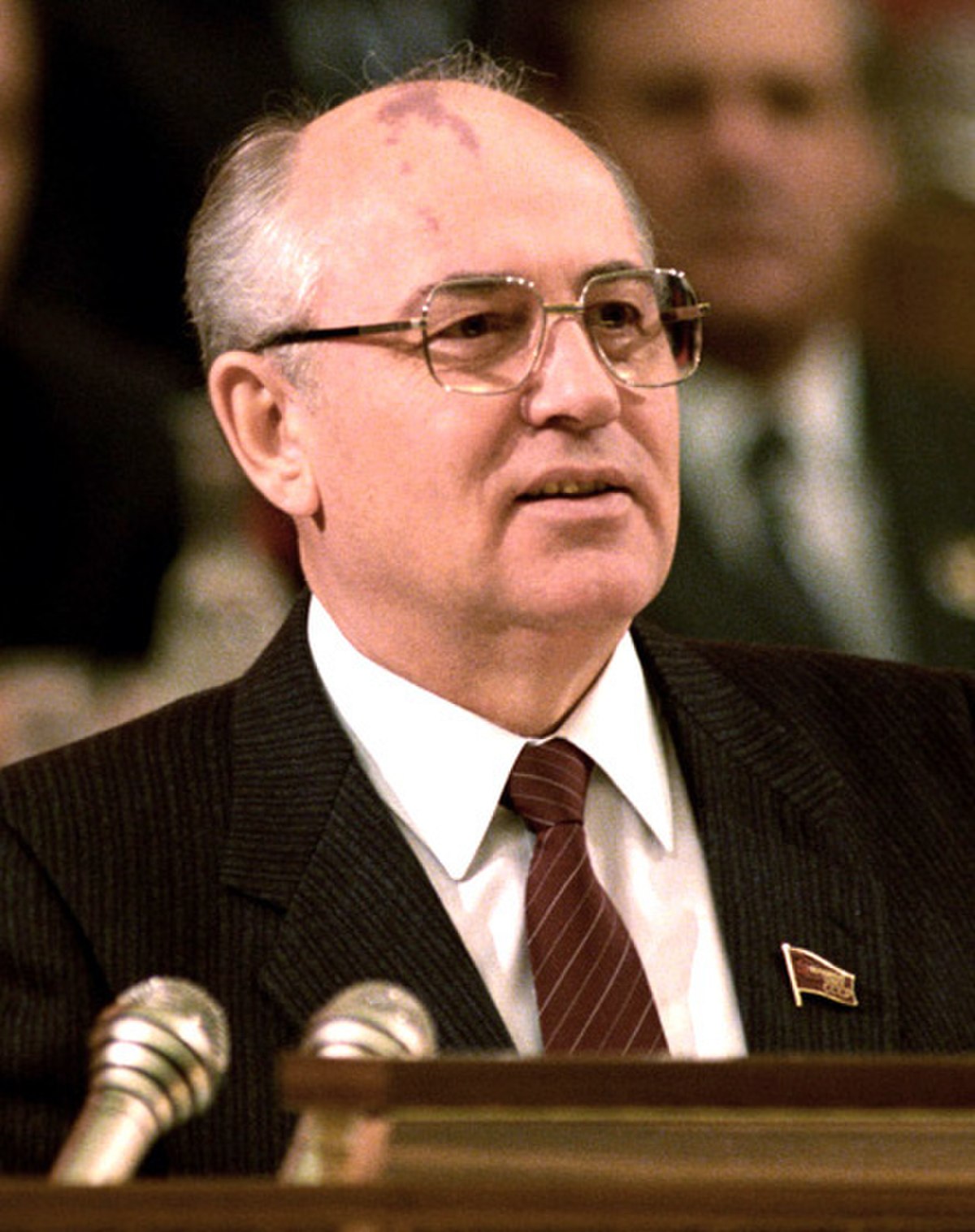
Dissolution of the Soviet Union
RussiaThe dissolution of the Soviet Union was the process of internal disintegration within the Soviet Union (USSR) which resulted in the end of the country's and its federal government's existence as a sovereign state, thereby resulting in its constituent republics gaining full sovereignty on 26 December 1991. It brought an end to General Secretary Mikhail Gorbachev's effort to reform the Soviet political and economic system in an attempt to stop a period of political stalemate and economic backslide. The Soviet Union had experienced internal stagnation and ethnic separatism. Although highly centralized until its final years, the country was made up of fifteen top-level republics that served as homelands for different ethnicities. By late 1991, amid a catastrophic political crisis, with several republics already departing the Union and the waning of centralized power, the leaders of three of its founding members declared that the Soviet Union no longer existed. Eight more republics joined their declaration shortly thereafter. Gorbachev resigned in December 1991 and what was left of the Soviet parliament voted to end itself.
The process began with growing unrest in the Union's various constituent national republics developing into an incessant political and legislative conflict between them and the central government. Estonia was the first Soviet republic to declare state sovereignty inside the Union on 16 November 1988. Lithuania was the first republic to declare full independence restored from the Soviet Union by the Act of 11 March 1990 with its Baltic neighbours and the Southern Caucasus republic of Georgia joining it in a course of two months.
In August 1991, communist hardliners and military elites tried to overthrow Gorbachev and stop the failing reforms in a coup, but failed. The turmoil led to the government in Moscow losing most of its influence, and many republics proclaiming independence in the following days and months. The secession of the Baltic states was recognized in September 1991. The Belovezh Accords were signed on 8 December by President Boris Yeltsin of Russia, President Kravchuk of Ukraine, and Chairman Shushkevich of Belarus, recognising each other's independence and creating the Commonwealth of Independent States (CIS) to replace the Soviet Union. Kazakhstan was the last republic to leave the Union, proclaiming independence on 16 December. All the ex-Soviet republics, with the exception of Georgia and the Baltic states, joined the CIS on 21 December, signing the Alma-Ata Protocol. On 25 December, Gorbachev resigned and turned over his presidential powers—including control of the nuclear launch codes—to Yeltsin, who was now the first president of the Russian Federation. That evening, the Soviet flag was lowered from the Kremlin and replaced with the Russian tricolour flag. The following day, the Supreme Soviet of the USSR's upper chamber, the Soviet of the Republics formally dissolved the Union.
In the aftermath of the Cold War, several of the former Soviet republics have retained close links with Russia and formed multilateral organizations such as the CIS, the Collective Security Treaty Organization (CSTO), the Eurasian Economic Union (EAEU), and the Union State, for economic and military cooperation. On the other hand, the Baltic states and most of the former Warsaw Pact states became part of the European Union and joined NATO, while some of the other former Soviet republics like Ukraine, Georgia and Moldova have been publicly expressing interest in following the same path since the 1990s.
